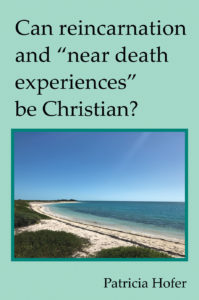Nature’s classroom for Christians
Have you ever wondered why Christianity and nature are so often intertwined?
Jesus watched the storm clouds and the wind in the trees. He prayed in the dark and watched the sunrise. He noticed the seasons and the harvest bearing fruit. He taught on hillsides. After his resurrection, Jesus shared a meal of bread and fish with his disciples on the shore of the Sea of Tiberias. And some of the earliest records we have are of the first Christians meeting at sunrise to sing and glorify God.
That said, many of the early church writings don’t focus on the natural world. These early mystics and theologians approached Christianity in more internal, contemplative ways. Origen, for example, wrote of such discipline as a way to “contemplate something of divine and heavenly things and gaze at them with the mind alone.” (Dupré and Wiseman 17). Into that church setting walked Francis of Assisi, “an uneducated man” who saw the natural world as a blessed place. For him, Christ’s presence here sanctified “the entire world” (116).
And, for me, these views are not incompatible. Nature forces us to sit quietly and passively, to wait patiently. We wait for the sun to rise and the sun to set. We wait for the subtle tilting of the orbiting earth to bring the seasons. We wait for the waves and storms to come to us. We can only sit and watch as the wind blows the clouds and trees and swirls in whirlwinds of dust. … We may often try to control nature, as we do everything else, but we usually lose in the struggle. Nature shows us our vulnerability. It forces us to yield.
Similarly, when the Lord comes to us. How he comes to us. What he says. The changes he makes in our heart. All are out of our control. Christ happens to us. No effort other than waiting and yielding is of any value. So the natural world of St. Francis is a wonderful classroom for Christians. It teaches us humility and patience and courage and discipline. It inspires our contemplation of the divine and the heavenly. No wonder we love it. (Yielding to Wonder, chapter 9)


Leave a Reply